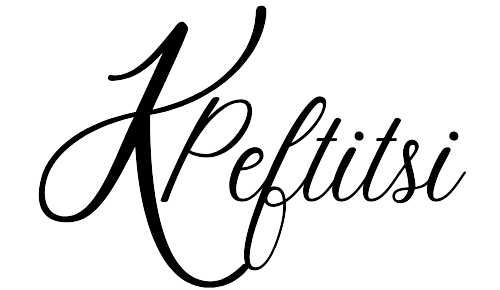The Versatility of Acrylic Ink and Pastel Oil in Greek Art
Greek art has a rich history that spans thousands of years, encompassing various mediums and techniques. One popular combination that many Greek artists have embraced is the use of acrylic ink and pastel oil. This dynamic duo allows for a wide range of artistic expression, from bold and vibrant paintings to delicate and nuanced works of art.
Acrylic Ink: Vibrant and Versatile
Acrylic ink is a water-based medium that offers artists a high level of control and versatility. Its vibrant colors and quick drying time make it a popular choice for artists who want to create bold and expressive paintings. The fluid nature of acrylic ink allows for smooth and even brushstrokes, making it ideal for capturing the fluidity and movement of the human form.
When used in Greek art, acrylic ink can bring to life the vibrant colors often associated with Greek culture. From the deep blues of the Mediterranean Sea to the bright yellows of the sun-soaked landscapes, acrylic ink can capture the essence of Greece in all its glory.
Pastel Oil: Soft and Subtle
Pastel oil, on the other hand, offers a softer and more subtle approach to painting. It is a dry medium that is made up of pigment, binder, and a small amount of oil. This combination allows for a smooth and creamy texture that can be easily blended and layered.
Greek artists have long been known for their ability to capture the delicate beauty of the human form, and pastel oil is the perfect medium to achieve this. Its soft and subtle colors can create a sense of depth and dimension, allowing the artist to bring their subjects to life on the canvas.
The Power of Combination
When used together, acrylic ink and pastel oil can create a truly unique and captivating piece of art. The boldness of the acrylic ink can be balanced by the softness of the pastel oil, creating a harmonious blend of colors and textures.
One technique that many Greek artists employ is to use acrylic ink as a base layer and then add layers of pastel oil on top. This allows for a greater level of detail and depth in the final piece. The combination of the two mediums can create a sense of movement and energy, bringing the painting to life before the viewer’s eyes.
Whether you are a Greek artist looking to explore new mediums or simply appreciate the beauty of Greek art, the combination of acrylic ink and pastel oil is one worth exploring. Its versatility and ability to capture the essence of Greece make it a powerful tool for any artist.
So, the next time you find yourself in awe of a Greek painting, take a closer look and see if you can spot the use of acrylic ink and pastel oil. You may just gain a new appreciation for the skill and creativity of Greek artists.
